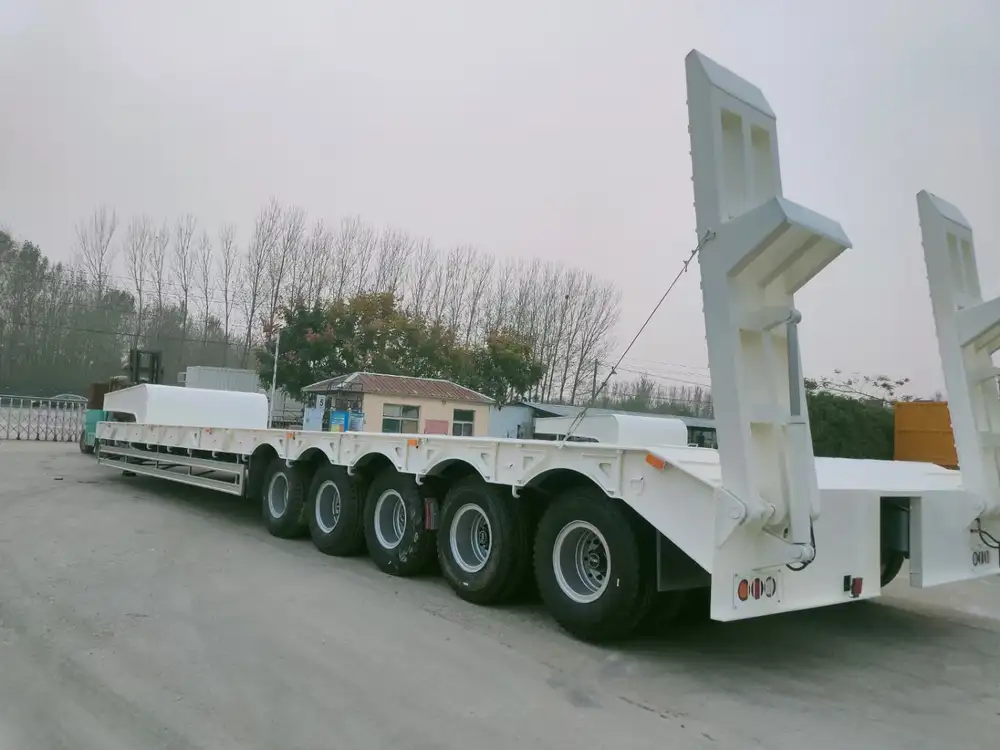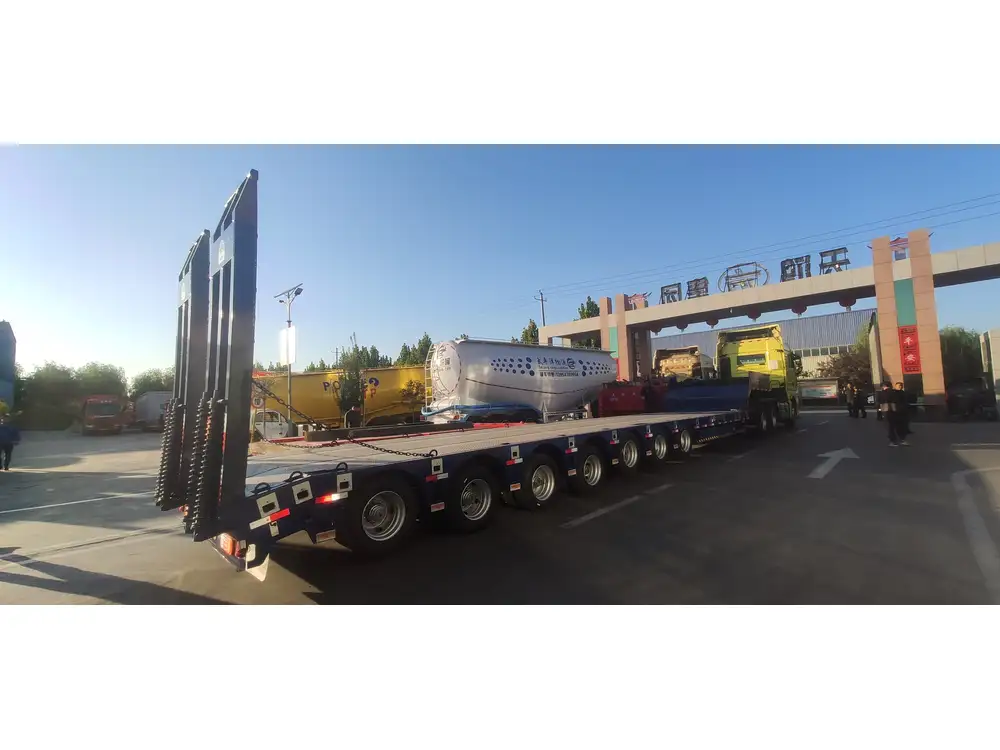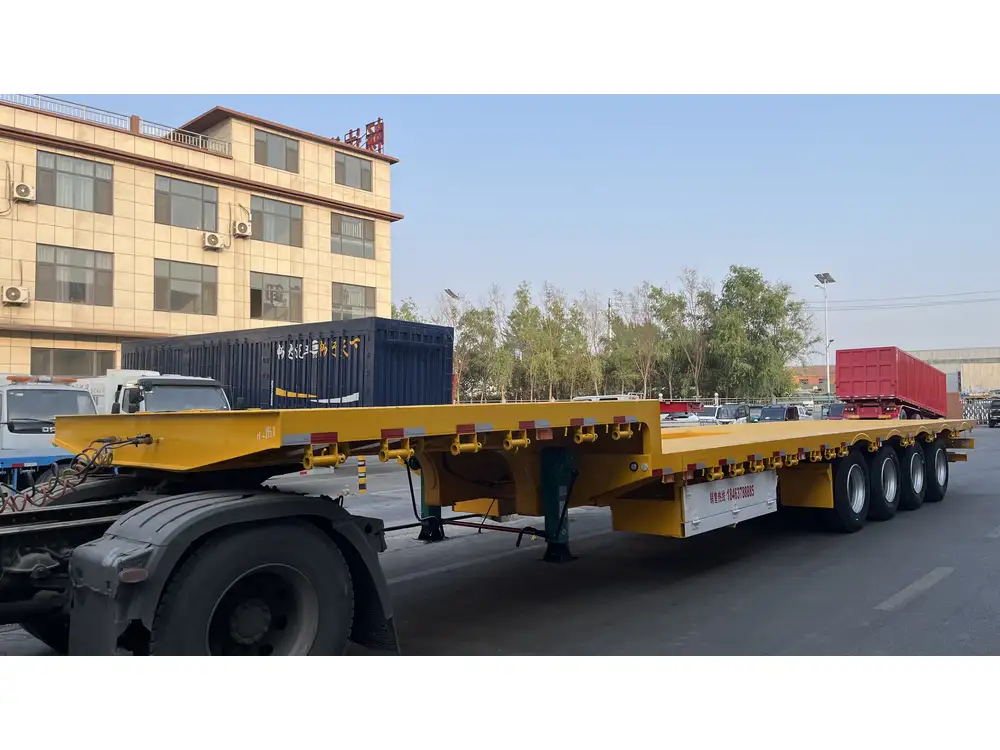Maintaining compliance with Department of Transportation (DOT) regulations is essential for semi-trailer owners and operators alike. Therefore, understanding the frequency and requirements of DOT inspections is critical for smooth operations. This article delves deeply into the nuances of semi-trailer DOT inspections, outlining their requirements, the implications of non-compliance, and the best practices for maintaining readiness.
Understanding DOT Inspections for Semi-Trailers
DOT inspections are mandated evaluations designed to ensure that commercial vehicles, including semi-trailers, meet safety standards as established by federal and state regulations. These inspections are crucial for ensuring the safety of not only the vehicle in question but also other road users.
Types of DOT Inspections
- Annual Inspections: Required once a year, these inspections evaluate a semi-trailer’s condition – including brakes, lights, tires, and overall structural integrity.
- Pre-trip Inspections: Conducted daily before any journey, focusing on the immediate operability and safety of essential components.
- Post-trip Inspections: Similar to pre-trip inspections but are conducted after a journey to identify any issues that may have arisen.
- Random Inspections: Carried out by law enforcement, these inspections can occur at any time and are often based on compliance history or random selection.

Regulatory Framework
The Federal Motor Carrier Safety Administration (FMCSA) regulates the DOT inspections. These inspections are designed to address various structural and operational aspects of the semi-trailer, ensuring they are roadworthy and compliant with applicable laws.
Frequency of Required Inspections
Annual Inspection Requirement
The FMCSA mandates that all commercial vehicles, including semi-trailers, undergo an annual inspection. This comprehensive assessment ensures that the vehicle adheres to safety standards. Typically, this inspection includes a review of:
- Braking Systems
- Tires and Wheels
- Lighting Systems
- Coupling Devices
- Frame and Structure
Adhering to this annual inspection schedule is non-negotiable; failure to comply could result in significant fines or limiting operating privileges.

Pre-Trip and Post-Trip Inspections
While the annual requirement is clear, the need for pre-trip and post-trip inspections is equally crucial. These are not regulated by the FMCSA in the same way as annual inspections; however, they are considered best practices and are often required by company policy. Daily checks can help spot minor issues before they escalate into major failures on the road.
Pre-Trip Inspection Checklist
- Check that all lights are working (headlights, brake lights, turn signals).
- Inspect tires for proper inflation and tread depth.
- Ensure the coupling device is securely attached.
- Verify that mirrors and windows are clean and functional.
- Inspect brake functions.
Post-Trip Inspection Checklist
- Examine for wear and tear on tires.
- Check for leaks of fluids in the engine and trailer.
- Ensure that all cargo is secured correctly.
- Confirm the functionality of emergency equipment (flares, first aid kits).

Random Inspections
In addition to pre-trip and post-trip inspections, the possibility of random roadside inspections must not be overlooked. Law enforcement agencies routinely monitor commercial vehicles, and a random inspection may reveal deficiencies that necessitate immediate repairs or fines.
Inspection Variability by State
It’s important to note that while federal regulations provide a framework, individual states may impose additional inspection requirements. Operators should familiarize themselves with their state’s specific rules regarding semi-trailer inspections, as state regulations can vary significantly.
The Consequences of Non-Compliance
Failing to comply with DOT inspection regulations can have substantial repercussions.

Potential Penalties
- Fines: Monetary penalties that vary based on the severity of the infraction.
- Downtime: Inspection failures can lead to enforced downtimes where the vehicle cannot be operated until repairs have been made.
- Increased Audit Risk: Consistent failures can lead to increased scrutiny by regulatory agencies and in some instances, the risk of losing operating authority.
Safety Implications
Non-compliance is not merely a bureaucratic issue. The safety ramifications are immense. Equipment failures could lead to accidents, endangering both the driver and others on the road. The liabilities associated with such incidents can lead to devastating financial repercussions.
Best Practices for Maintaining Inspection Readiness

Regular Maintenance Schedules
Implementing a proactive maintenance schedule plays a crucial role in ensuring your semi-trailer remains inspection-ready. Proper maintenance extends the life of your vehicle while facilitating compliance with relevant regulations.
Training Drivers and Operators
Ensure that drivers are well-trained in daily inspection procedures. Understanding what to look for during pre-trip and post-trip inspections can prevent minor issues from escalating into major problems that jeopardize safety and compliance.
Keeping Records
Maintain meticulous records of all inspections and maintenance services performed on your semi-trailer. This documentation becomes a vital asset during inspections and can serve as evidence of compliance during any regulatory audits. Records should include:
- Dates of inspections.
- Types and results of inspections.
- Maintenance completed.

Utilizing Technology
Invest in fleet management software to keep track of inspection schedules, maintenance records, and other critical compliance factors. Using technology can streamline the information management process, reducing the chances of errors or oversights.
Conclusion
Understanding the intricacies of DOT inspections is imperative for anyone involved in operating semi-trailers. Complying with the regulations not only protects your business from potential penalties but also enhances the safety of all road users. By adhering to the recommended inspection frequencies and maintaining rigorous documentation and maintenance practices, fleet operators can effectively manage their responsibilities and ensure their vehicles remain in top condition.
Next Steps for Operators
Every semi-trailer operator should:
- Review their current inspection and maintenance practices.
- Schedule necessary training for their team.
- Audit their compliance with local and federal regulations.
This proactive approach to maintenance and regulatory compliance will not only enhance the operational efficiency of semi-trailers but also build a reputation for reliability and safety across the industry.



